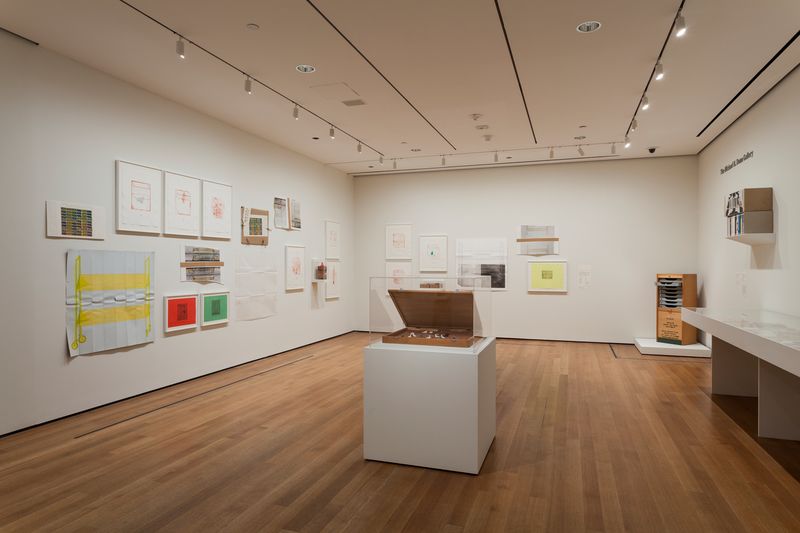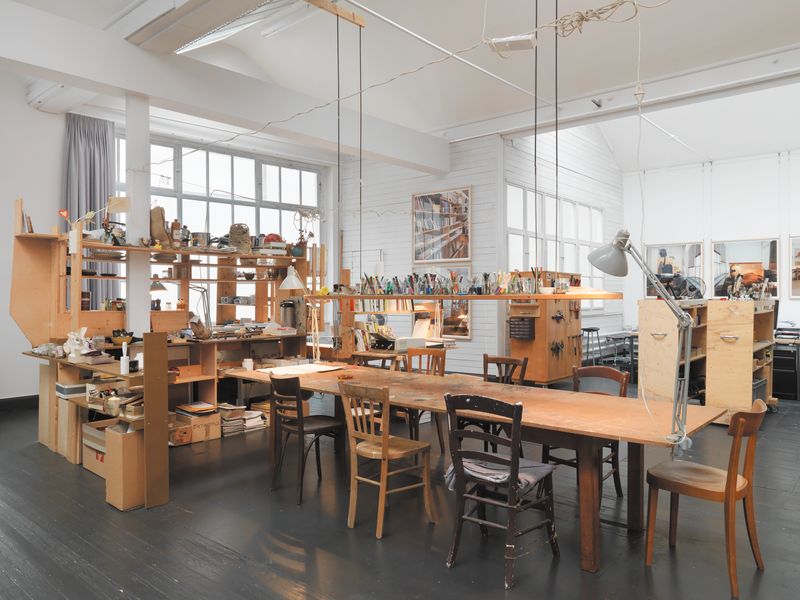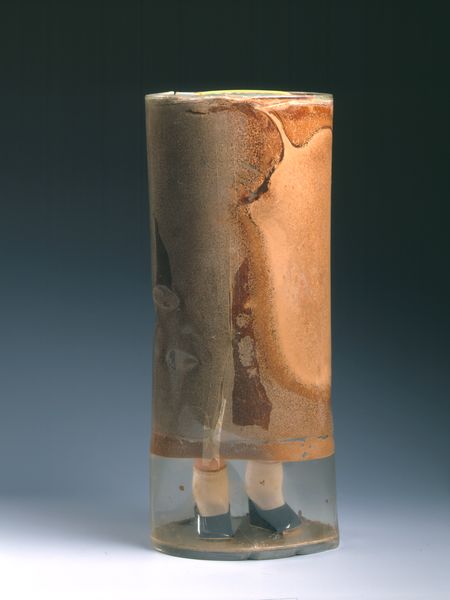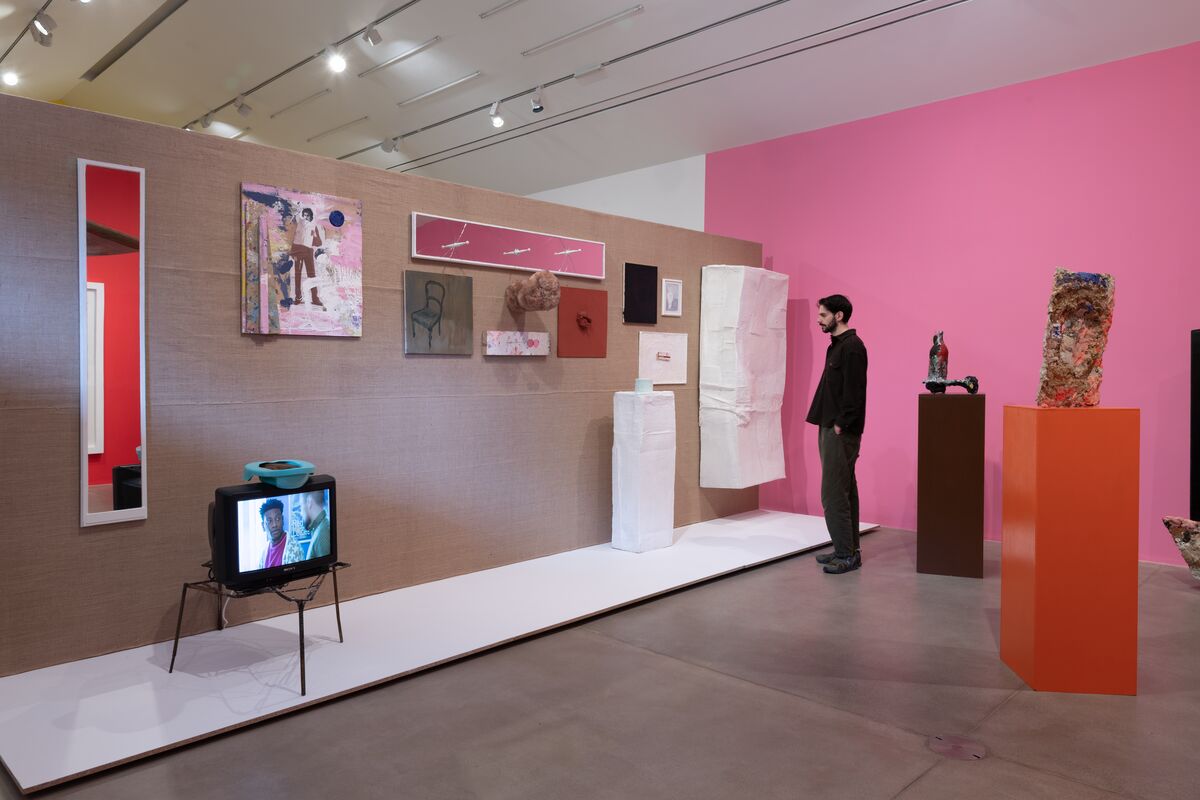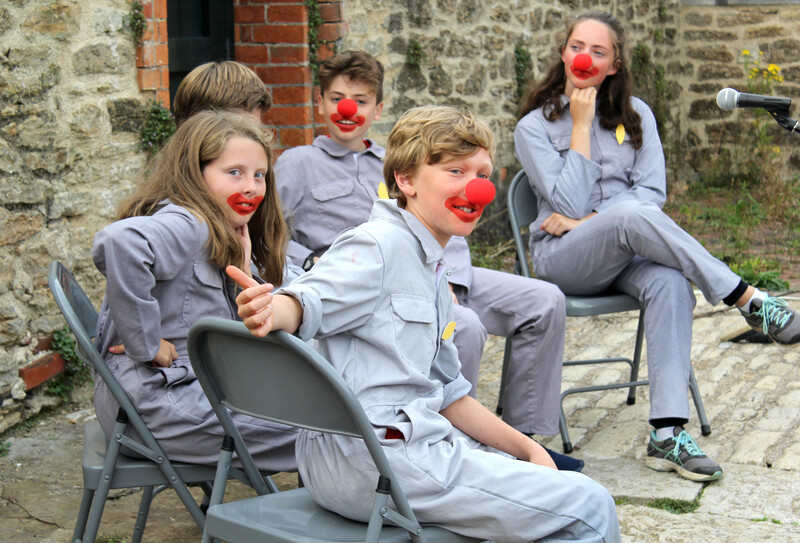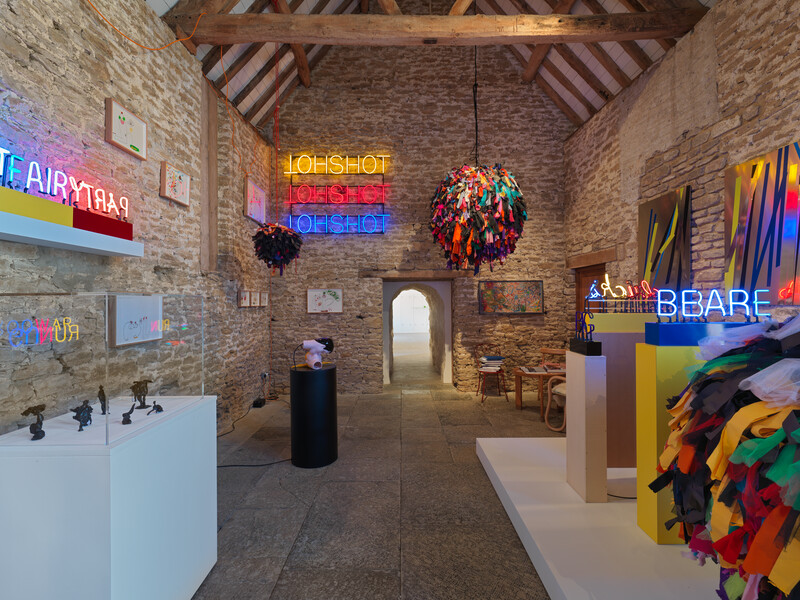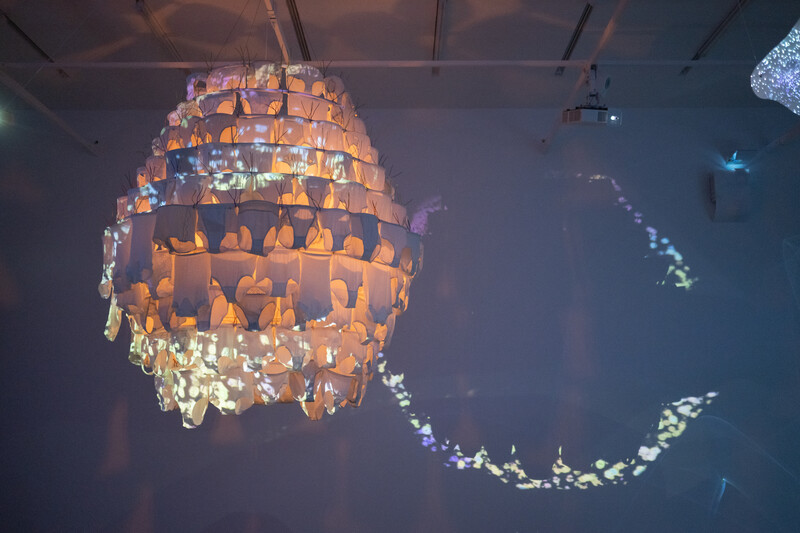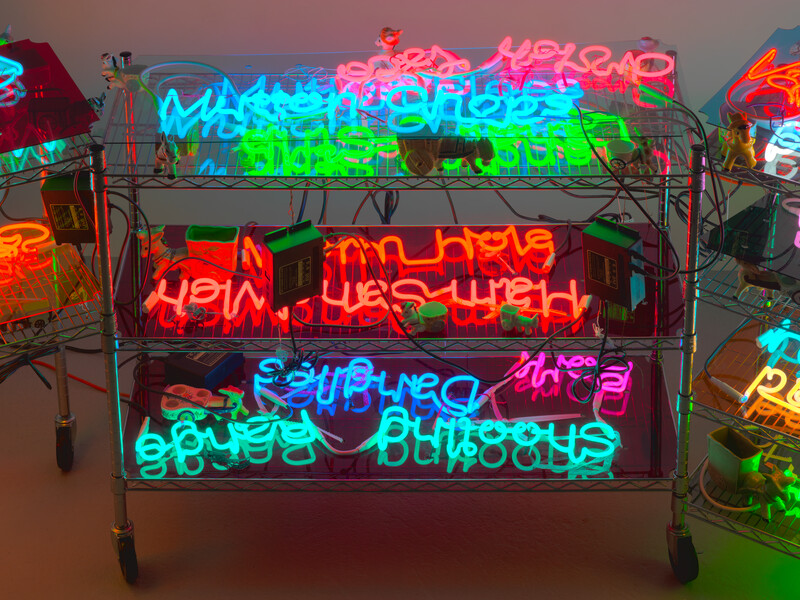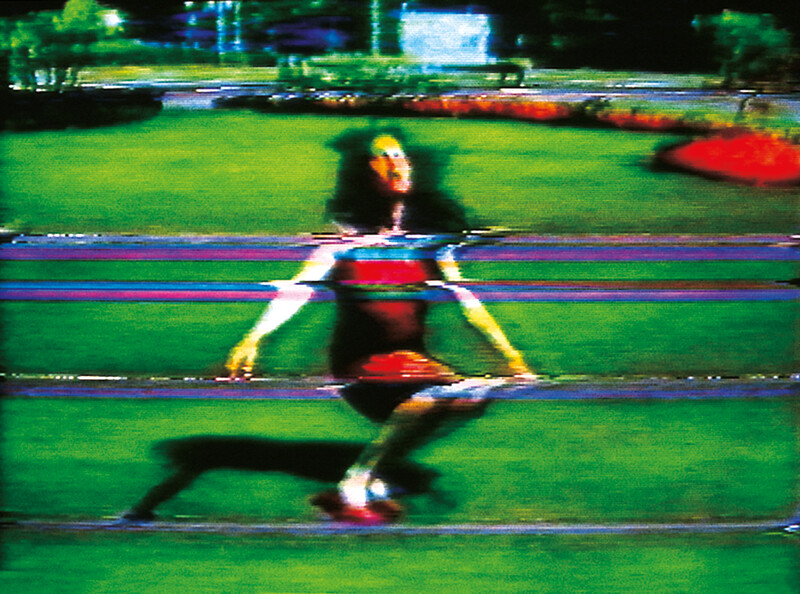
Dieter Roth

One of the most influential artists of the post-World War II period, Dieter Roth was born in Hanover, Germany, in 1930, to a German mother and a Swiss father, and died in Basel, Switzerland in 1998. Dieter Roth was an artist of an immense diversity and breadth, producing books, graphics, drawings, paintings, sculptures, assemblages, installations, audio and media works involving slides, sound recordings, film and video. He also worked as a composer, poet, writer and musician. He often collaborated with other artists, subverting the principle of authorship. Those partners included such significant figures as Richard Hamilton, Emmett Williams, Arnulf Rainer, and Hermann Nitsch. But it was Roth's long and symbiotic collaboration with his son, artist Björn Roth, that stands as testament to the enormous and enduring potency of his restless, relentless process.
Through much of his life, Roth was restlessly peripatetic, moving between studios in many cities. His two primary bases of activity—Iceland and Basel—were decidedly outside the mainstream. Throughout his career, the artist continually circled back to earlier ideas and processes, reinterpreting and transforming works so that linearity and closure are consistently defied. Transience and order, destruction and creativity, playful humor and critical inquiry, the abject and the beautiful, all maintain a consistent balance throughout his work.
Roth represented Switzerland at the 1982 Venice Biennale, and received a number of awards and prizes, including the 1991 Genevan Prix Caran d'Ache Beaux Arts, a prestigious Swiss prize. In 2004, The Museum of Modern Art and P.S.1 Contemporary Art Center in New York City jointly presented the major historical exhibition ‘Roth Time: A Dieter Roth Retrospective,’ a project co-organized with Schaulager Basel, Switzerland, and the Museum Ludwig of Cologne, Germany.
Selected Artworks

Zuckerturm (Sugar Tower) (detail)
1994 / 2013
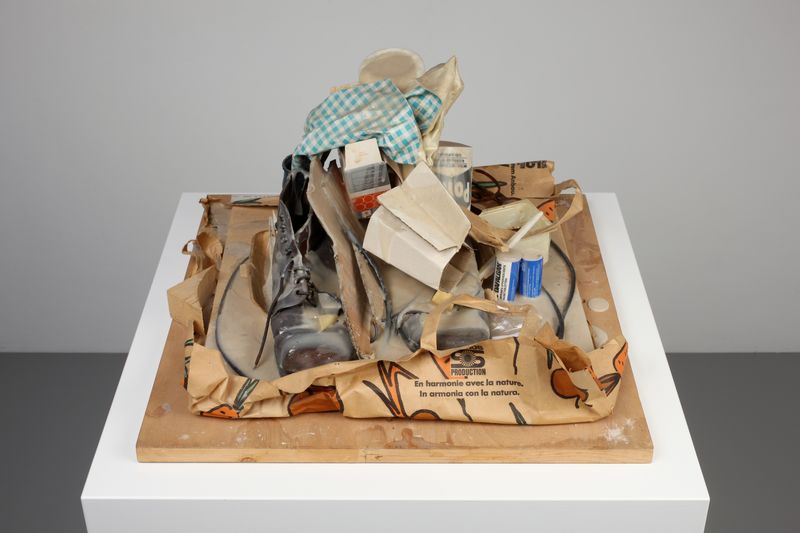
Turmgebilde, 16
1993
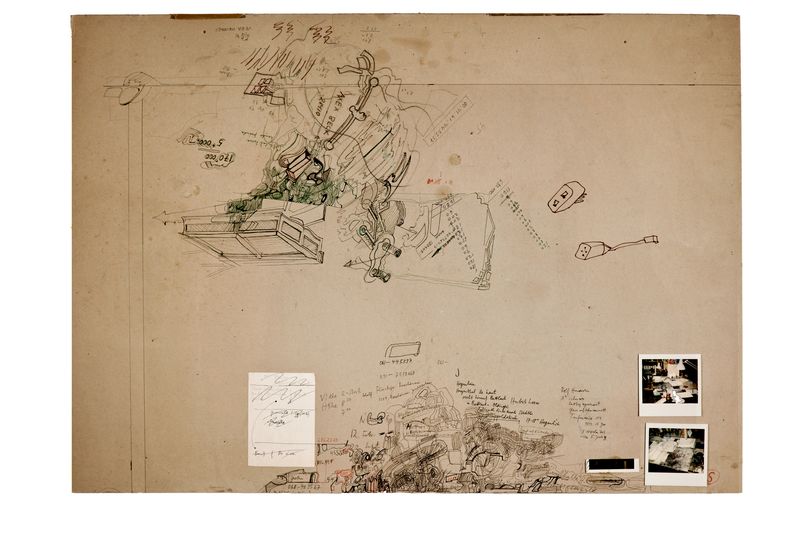
Tischmatte
1991

No Title
1990

(BR. DR)
1986 / 1987 / 1997

Krauts
1986

Bar 2
1983

Untitled
1978

Reykjavik Slides
2009

Reykjavik Slides
2013

The Floor I
1973

Jetzt (Now)
1973
Biography
Selected Solo Exhibitions
Selected Group Exhibitions
Bibliography
Monographs
Artist’s Books & Writings
Publications
Press
Exhibitions
1 / 14
1 / 5
Events
1 / 13
News
1 / 4
Ursula
1 / 3








